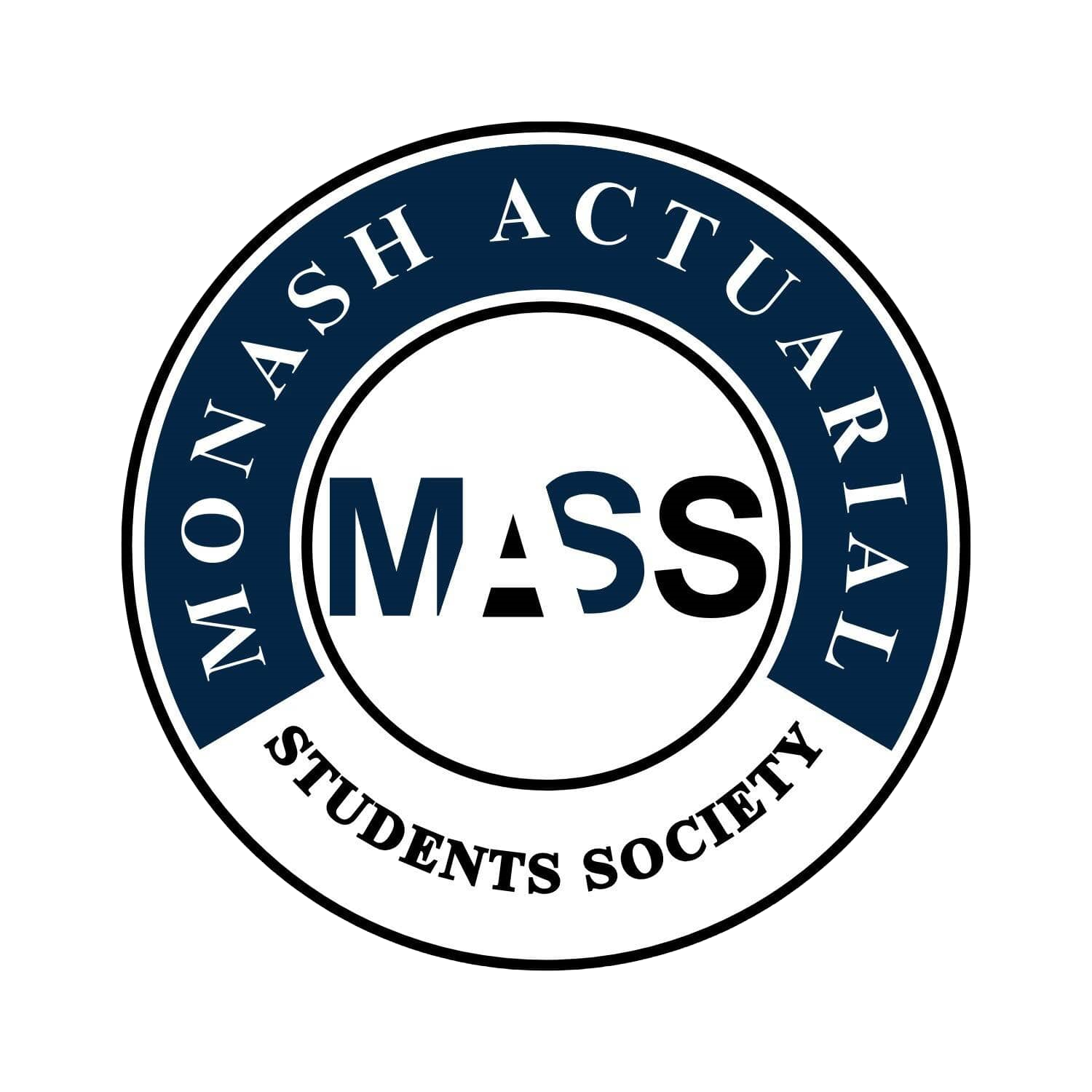ETC2440 Mathematics for Economics and Business
Difficulty:
Year Completed: Semester 1, 2023
Prerequisite: ETC1000
(or SCI1020, or ETF1100, or STA1010, or ETW1001, or ETB1100, or FIT1006, or ETX1100)
Exemption: N/A
Mean Setu Score: 71.27%
Clarity of Learning Outcomes: 75.86%
Clarity of Assessments: 75.86%
Feedback: 65.52%
Resources: 68.97%
Engagement: 79.31%
Satisfaction: 62.07%
Subject Content:
Lecture(s) and Tutorial(s):
Textbook(s):
Assessments:
The topics covered included Elementary and Intermediate Matrix Algebra, Sets, Functions & Sequences, Continuous and Differentiable Functions, Probability, Random Variables & Stochastic Processes, and Markov Chains.
2 x 1 hour lectures
1 x 1.5 hour tutorial
Fundamental Methods of Mathematical Economics by Alpha C. Chiang and Kevin Wainwright, 4th edition, McGraw-Hill Irwin (2005) was recommended.
However, it was not used during the course of the unit as the lectures slides provided sufficient and relevant material.
Group Assignment 1 - 10%
Group Assignment 2 - 20%
Group Assignment 3 - 10%
Final Exam - 60%
Comments
Overall, the unit is good, but some recently incorporated content (related to Actuarial Science) lacks additional resources. Despite that, it's an enjoyable course due to its practical approach. Mathematical problems were solved in class using the theories and concepts learned from the lectures, which made the subject matter more engaging and applicable.
The lectures proved invaluable, with numerous examples that enhanced our comprehension of the theorems, rules, and concepts. Watching the lectures was essential, especially for topics that were new to many of us, especially those who haven't completed many other actuarial units.
This unit had two different lecturers, which meant adapting to different teaching styles, but it added to the overall learning experience.
For the first part of the unit (math for business and economics), lecture notes sufficed for studying. However, for the second part (math for actuarial science), watching the lectures was crucial, as the content was new and more challenging to grasp with slides alone.
Tutorials focused on practicing questions related to the previous week's lecture. These questions were designed to help students understand and solve complex problems step by step. Attending tutorials was particularly beneficial for tackling new and challenging concepts, as they provided a structured approach to solving unfamiliar questions.
Moreover, attendance at tutorials and specific preparation for it wasn't mandatory, but it was recommended.
The assignments consisted of practical mathematics questions that required a step-by-step approach to obtain full marks. The marking was meticulous, with an emphasis on specific steps needed to solve or prove particular concepts.
To excel in the assignments, practicing the tutorial questions and the additional questions provided at the end of each section is highly recommended.
The first two assignments primarily featured straightforward questions, leading to strict marking. In contrast, the marking for the last assignment was slightly more lenient.
The final exam questions were easier than the assignment questions, meaning that students who actively engaged in the assignments were well prepared for the final exam. By revising the content and reviewing the tutorial and assignment materials students can achieve good scores in the exam.
The first part of the unit is less complex than the second part, so consider allocating extra time to the latter.
One tip is to begin your assignments early; this way, if you encounter difficulties, you'll have time to consult with your peers or attend consultation sessions for assistance.
Lastly, Stay up-to-date with the lectures as it will really help in achieving the highest possible score in your assignments.
General Overview:
Lectures:
Tutorials:
Assessments/Other Assessments:
Exam:
Concluding Remarks:

